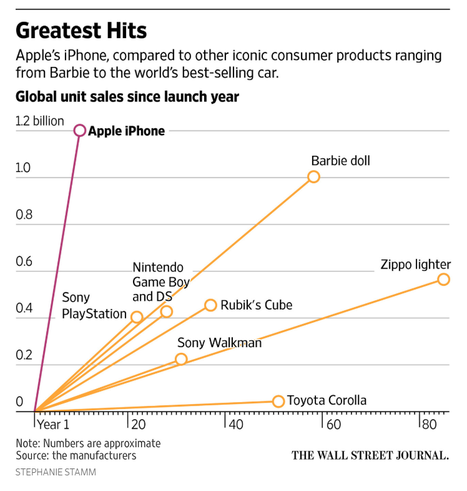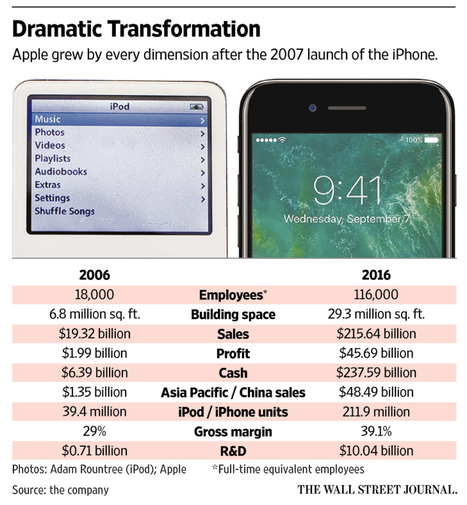(p. C6) In August [2018], Mayor Bill de Blasio signed a package of bills capping the number of cars driving in New York City for companies like Uber and Lyft and setting minimum pay for drivers. The mayor had long wanted such restrictions, but for years Uber had successfully pushed back, thanks in large part to strategist and venture capitalist Bradley Tusk.
“The problem is not only did this happen in New York, but now it’s going to happen everywhere,” laments Mr. Tusk, who worked as a consultant for Uber Technologies from 2010 to 2015, earning equity that was eventually worth around $100 million. Under his guidance, Uber mobilized its users to lobby against the legislation and made the case that its service provided transportation to people in the outer boroughs and jobs to immigrants and minorities.
. . .
Since working for Uber, Mr. Tusk has helped other tech companies in similar political battles. As he sees it, politicians too often sacrifice their constituents’ economic interests for their own political gain. “What’s good for politician X isn’t necessarily good for the businesses in his or her district,” he says. “Without at least some people like us, innovation gets crushed by politics and corruption and that’s really bad for the economy and for society.”
. . .
After serving as campaign manager of Mr. Bloomberg’s reelection effort, in 2010 Mr. Tusk founded Tusk Strategies with the goal of running campaigns for companies and institutions rather than politicians. At the time, Walmart was looking for a way to enter markets without pushback from powerful unions. Mr. Tusk urged city councils, including New York’s, to stop blocking its entry by polling customers, launching television ads and mobilizing constituents who wanted the choice of shopping at Walmart.
Then one of Mr. Bloomberg’s former deputy mayors called him with a proposition: “There’s this guy with a small transportation startup. He’s having some regulatory problems. Would you mind talking to him?” It was Uber. The New York City Taxi and Limousine Commission had sent Uber a cease and desist letter, and its then-CEO Travis Kalanick needed someone who understood New York politics. Mr. Tusk mounted successful campaigns on behalf of the company in New York and other cities, including Washington, D.C., and Los Angeles.
. . .
Does he see himself as an example of the revolving door between politics and business? “I’m absolutely using the savvy I learned in the political world–just in a different way than most,” he says. But he has no intentions of ever returning to government. “I felt like I could force more change on the system from the outside,” he says. “Not only am I not doing politics, but most of my work is making politicians crazy.”
For the full interview, see:
Alexandra Wolfe, interviewer. “”WEEKEND CONFIDENTIAL; Bradley Tusk from Political Insider to ‘Fixer’ for Tech.” The Wall Street Journal (Saturday, Sept. 1, 2018): C6.
(Note: ellipses, and bracketed year, added.)
(Note: the online version of the interview has the date Aug. 31, 2018, and the title “WEEKEND CONFIDENTIAL; How Bradley Tusk Went from Political Insider to ‘Making Politicians Crazy’.”)
The book under discussion above, is:
Tusk, Bradley. The Fixer: My Adventures Saving Startups from Death by Politics. New York: Portfolio, 2018.


